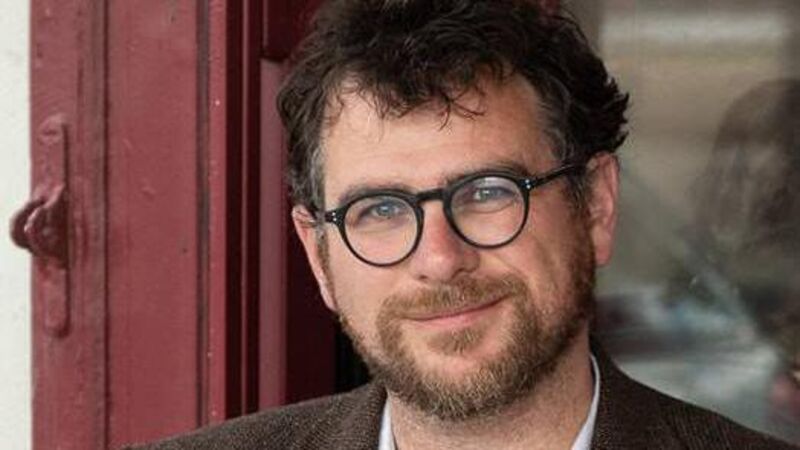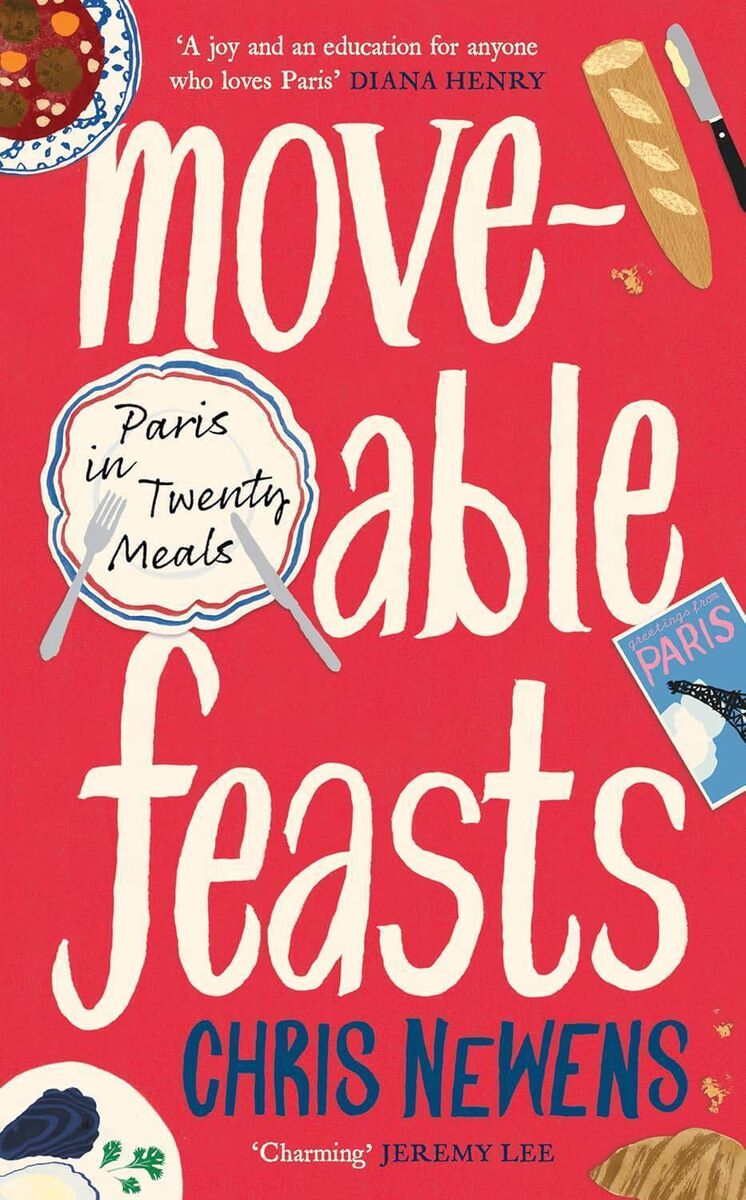Author interview: ‘Food is one of the most immediate languages any place speaks’

Chris Newens is an award-winning British writer with a focus on food, culture, and travel. Picture: Sabine Dundure
- Moveable Feasts: Paris in Twenty Meals
- Chris Newens
- Profile Books, €23.75
Chris Newens has lived in the French capital for more than 10 years. An award-winning writer, journalist, and member of the literary collective Paris Lit Up, he is part of a long tradition of anglophone writers in the city stretching back as far as the 18th century.
“In any non-fiction book,” he tells me, “the form should echo the content.”
Food, for many writers, is a challenging subject because it is so difficult to convey the experience of taste. It is like writing about a brilliant song.
If you go too objective — “it was lightly marinated in sesame oil” — readers struggle to imagine the end-product. Too subjective — “it was delicious. It was so good” — and there is nothing really to imagine.
“There’s nothing more boring than food writing that just describes in unending detail what something tastes like because you’re never going to get that across,” he says.
How did he square the circle? “When writing about taste, it’s best to be fast, simple, and evoke an idea of flavour without pinning it down.
“I try to tell the story of the food and the place where it’s being eaten, the around it, without dwelling too much on the dish itself.
“As a writer in those moments, you just have to get in and get out, let people bring their own ideas of what those things mean, and let the world around the food do the work.”

Although the focus of Moveable Feasts is on the past and present, many of the trends that it discusses point towards a direction of future travel.
“More and more people are realising that Parisian culinary traditions have a market value in themselves.”



